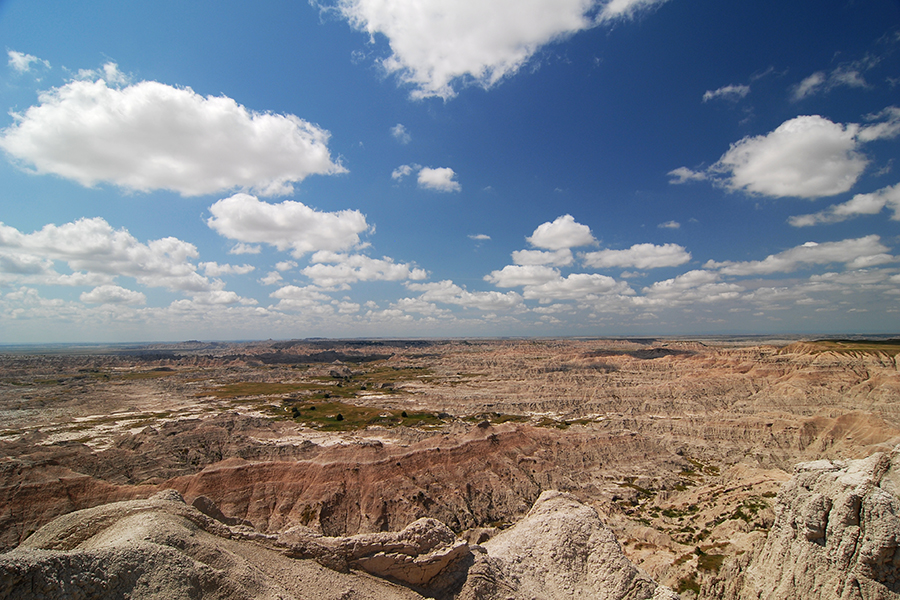Located in southwestern South Dakota, Badlands National Park is one of life’s bucket list destinations. We visited it in 2008 when we were doing South Dakota’s Black Hills and, by accident, the Sturgis Rally. I’m not big on Sturgis, but we were in the area to see Mt. Rushmore and we caught the tail end of the rally. Okay, Sturgis: Check. If anybody asks, I can say I’ve been. But there are far more interesting things to see and do in this part of the world, and Badlands National Park is one of them.
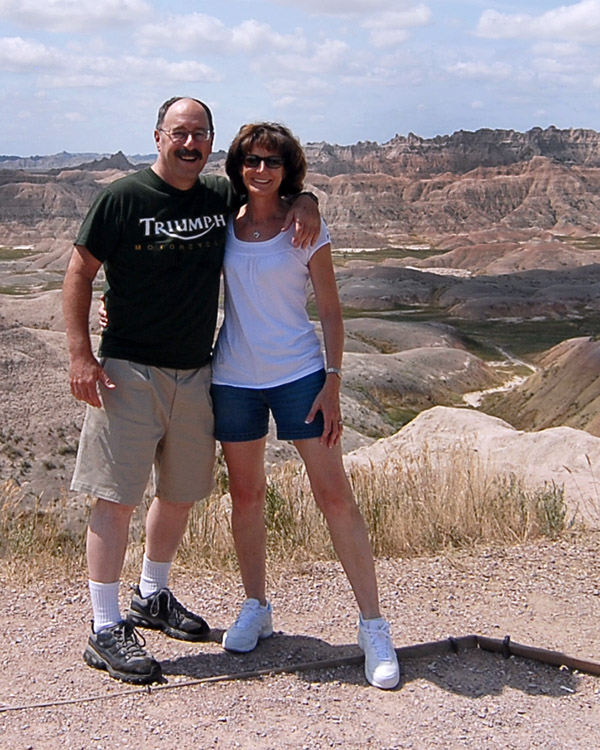
Badlands National Park is about 100 miles east of Sturgis, and it’s one of a half dozen cool things to see if you ever make Sturgis. There’s Rapid City (a cool town with one of the best gun stores I’ve ever visited), Custer State Park (magnificent roads and scenery), Mt. Rushmore (amazing; words can’t do it justice), Devils Tower 100 miles to the west in Wyoming (think Close Encounters), Badlands (today’s topic), and the Minuteman Missile National Historic Site (I’ll touch on that, too). South Dakota is a great place to visit.
So, back to Badlands. This place is magic, but that’s not just my opinion. It’s a view I share with my hero Theodore (as in Theodore Roosevelt). Roosevelt came here in 1883 to hunt buffalo (we call them buffalo; the correct term is bison), and then again to remake himself when dealt a double whammy a year or two later (his wife and mother died on the same day). He came as a dandy (a skinny, Harvard-educated, New York politician) and left as a rancher, a true Westerner, a future Rough Rider and President of the United States.

To call the Badlands terrain dramatic is a massive understatement; you really need to stand before the landscape and take in the erosion-formed pinnacles and colors to get the full effect.
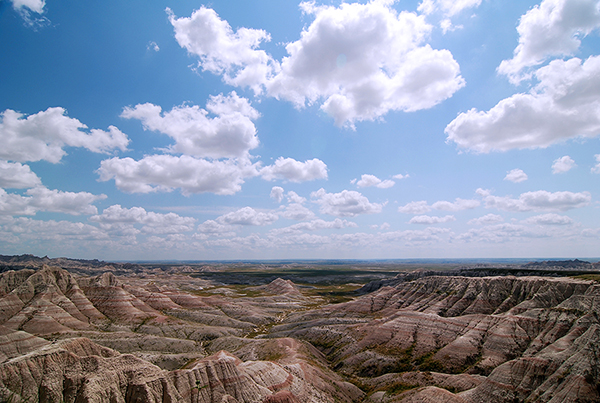
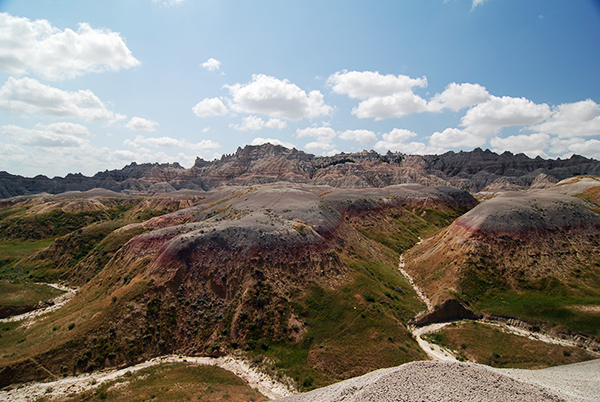
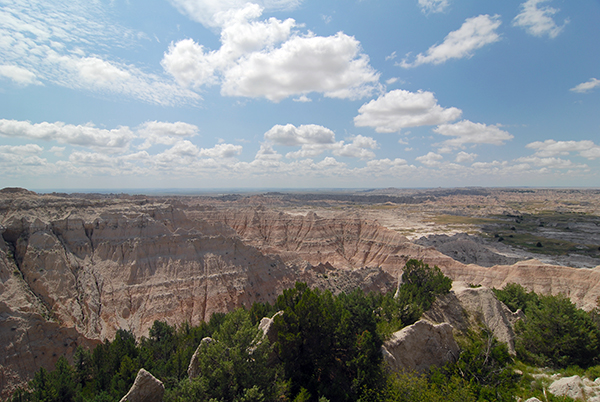
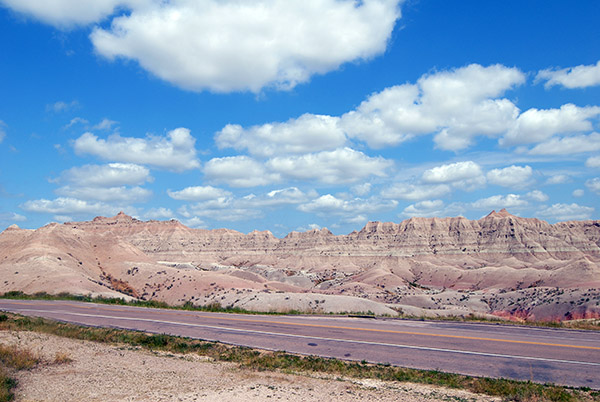
The region’s history is a story of persistence, paleontology, politics, and (from a Native American perspective), duplicity. Paleo-Indians hunted the area 11,000 years ago, followed by the Arikara people, and then the Great Sioux Nation. The Oglala Lakota (one of seven Sioux tribes) named the area “mako sica” (it translates to “bad lands”). Homesteading by white settlers began in the 1850s, continued during the Civil War, and then picked up dramatically before and after the turn of the century. In an 1868 treaty, the US government promised the Sioux the area would be theirs forever, but you can guess how that went (we broke the treaty a short 21 years later). Calvin Coolidge designated the area Badlands National Monument in 1929, it was formally established as such in 1939 by Franklin Roosevelt, and then redesignated a National Park in 1978.
The Lakota Native American people were the first to find fossils in the area and they correctly ascertained the area was formerly an ancient sea. The Badlands are one of the richest fossil fields in the world with specimens reaching 33 million years into the past (there are 84 known extinct species; 77 of them are from this area). Here’s another tidbit worth knowing if you plan a visit to the region: The South Dakota School of Mines in nearby Rapid City has an outstanding museum displaying some of these prehistoric finds.


Like much of South Dakota, the Badlands are rich with bison, badger, bighorn sheep, bird species galore, prairie dogs, bobcat, coyote, fox, elk, mule deer, white-tailed deer, pronghorn, rattlesnake, and porcupine. We saw many, including a princely, portly porcupine proudly padding along as if he owned the place (in retrospect, I suppose he did).
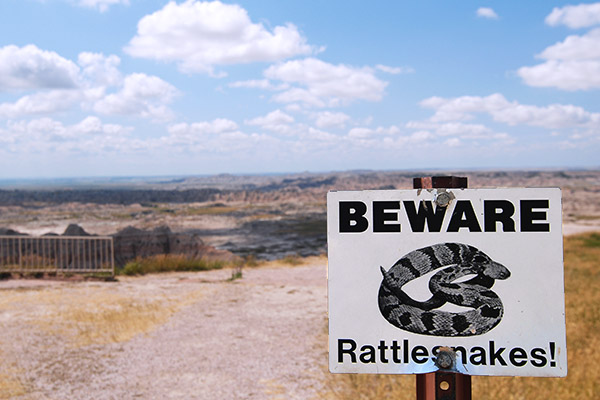
Parts of Dances with Wolves and Thunderheart were filmed here.
Here’s another cool little secret about the area: The Minuteman Missile National Historic Site is positioned right at the northeast edge of the Park. The U.S. Government took a former operational intercontinental nuclear missile site and turned it into a national historic site. You can’t just show up and get in, though. You have to make reservations and they only take a few people at a time, but wow, is it ever cool. You go down to the control module, which is this tiny, thick wall, metal, electronics-crammed structure way underground. The command capsule is mounted on giant springs, you know, to protect the occupants from an incoming bad guy nuclear intercontinental missile. After you’ve seen that, the park rangers (all former USAF senior NCOs who actually served on Minuteman sites) take you outside to peer into a silo and view a Minuteman missile (presumably, one that’s been disarmed). It’s shades of the Cold War, Dr. Strangelove, and Mutually Assured Destruction all rolled into a tourist attaction. Trust me on this: It’s cool and unless you stood guard against Ivan during the Cold War, it’s unlike anything you’ve ever seen.
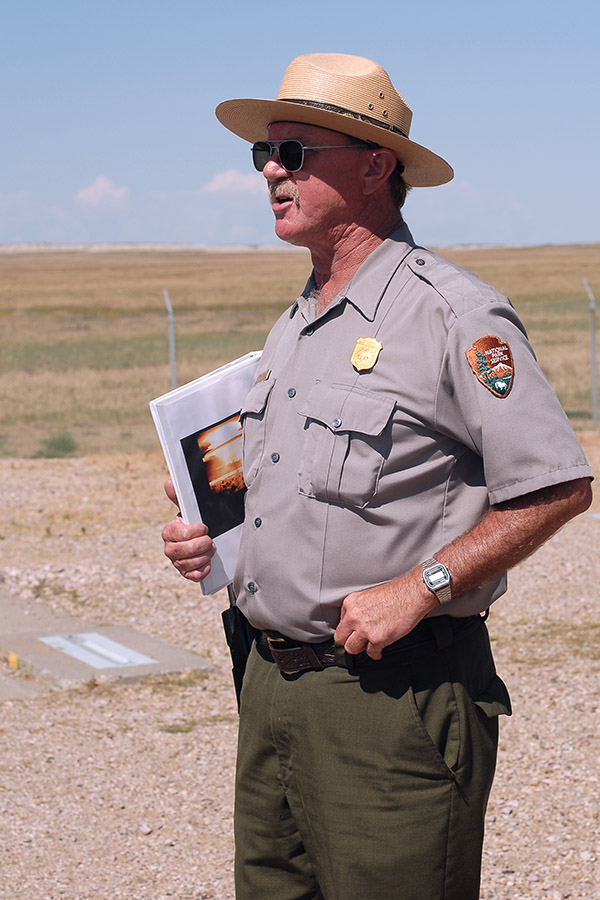
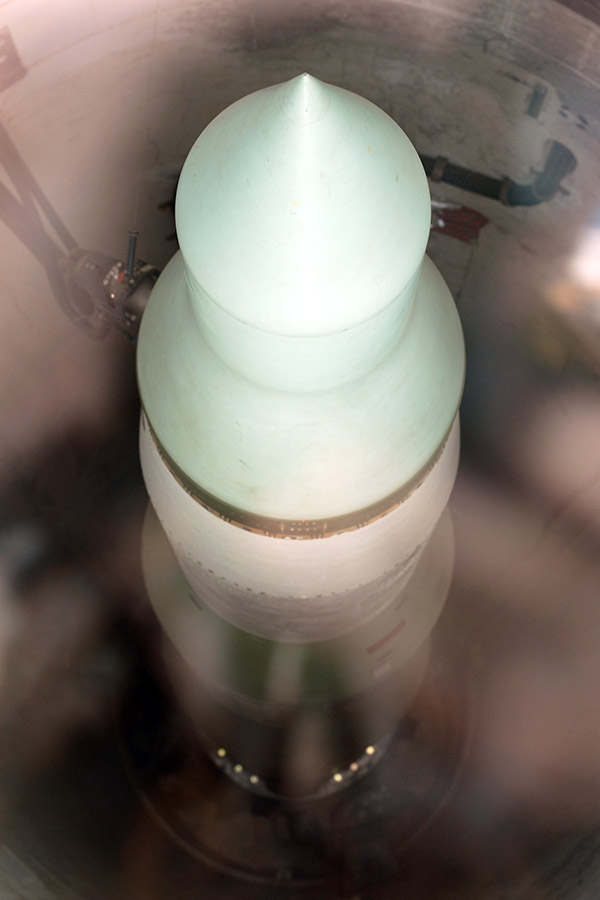
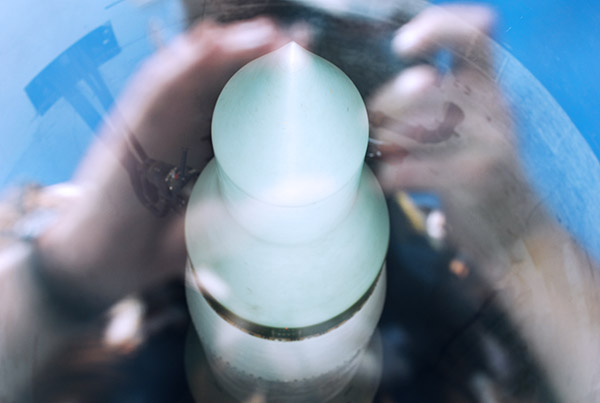
So there you have it…Badlands National Park, the Minuteman National Historic Site, and more. South Dakota is one of my all time favorite places to visit. If you are headed that way, don’t just wallow in the weirdness that is Sturgis. There’s much more to see and do in South Dakota, and these two spots should be high on anyone’s list.
I took these photos back in 2008 with my Nikon D200 camera and a first-generation Nikon 24-120 lens. As I view them today, they are not up to the richness and quality I would get from my current D810 Nikon and its VR 24-120 lens. I may have to return to get better photos.
More National Park stories? They’re right here!
Never miss an ExNotes story!

